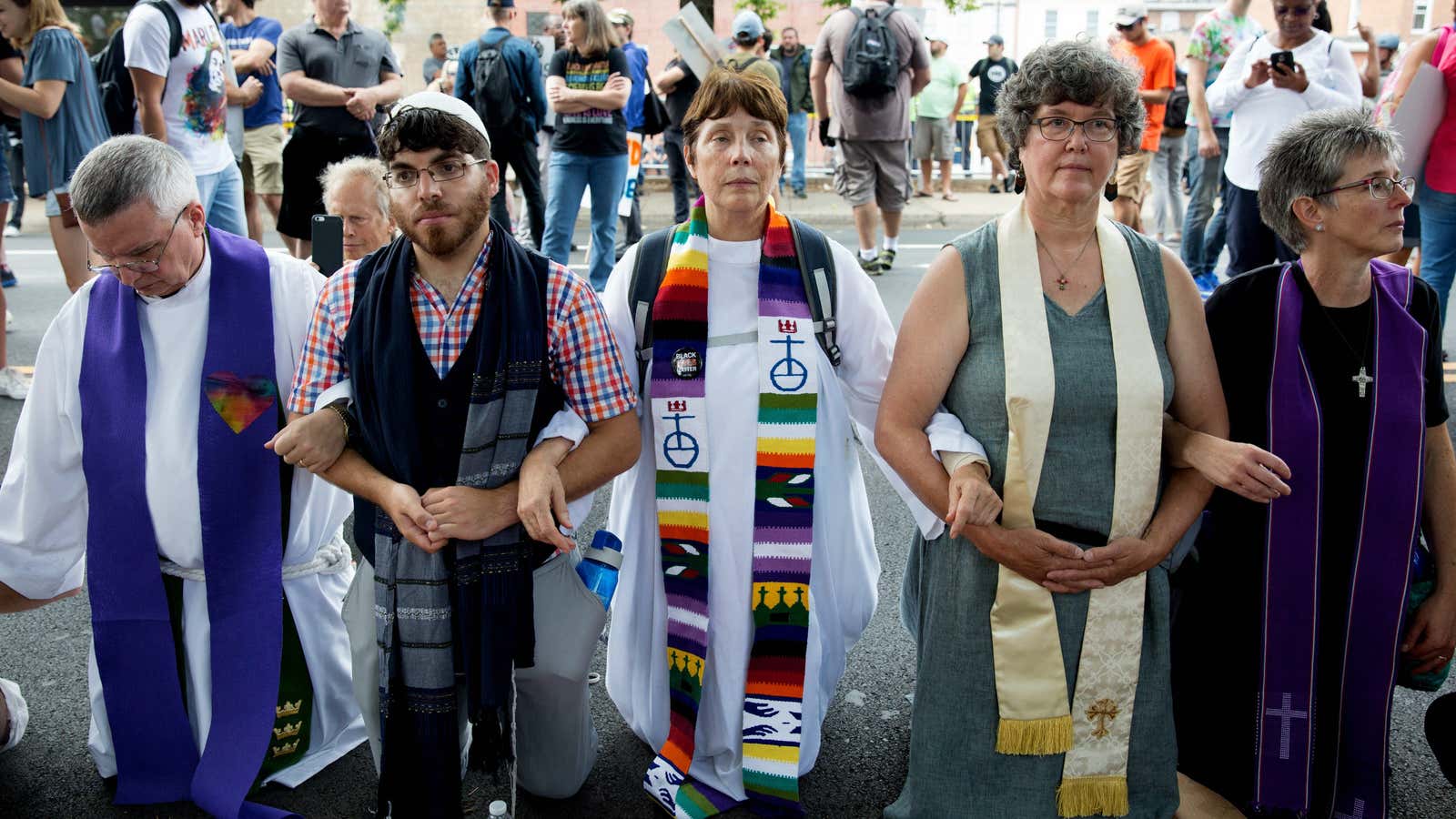On Aug. 12, a planned march by rightwing extremists in Charlottesville, Virginia was cancelled due to early outbreaks of violence. But that didn’t stop one car from plowing into a crowd of counter-protestors, killing a woman. Described as a Nazi sympathizer by one high-school teacher, the alleged driver James Alex Fields Jr. had traveled more than five hours from Ohio to Charlottesville to attend the rally.
Charlottesville, home to the University of Virginia, is a liberal bastion in the state, with a majority of votes cast for Democratic candidate Hillary Clinton in the 2016 US presidential election. It has become the site of several far-right gatherings in recent months, due to local initiatives to remove monuments to Civil War general Robert E. Lee. Quartz photographer Laura Saunders spoke to six longtime Charlottesville residents about what it’s like when the radical right come to town.
“We may run them out of town tonight, but they’re going to surface someplace else.”
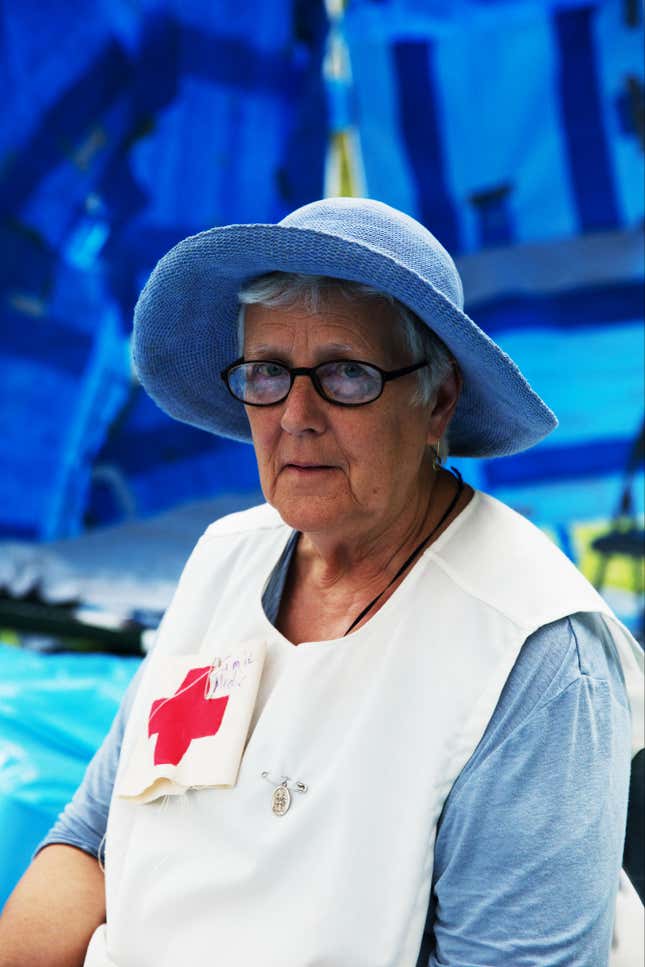
A resident of Charlottesville, Virginia, for more than 50 years, Jamie Ballinger volunteered as a medic on Saturday. She described the visiting white supremacists as lost sheep:
Our neighbors across the way there are fearful. They’re like sheep without a pasture. Sheep without a shepherd. And the ones that are shepherding them are more like wolves in sheep’s clothing. So we have to remember when we encounter our neighbors—and that includes the police. That they are our neighbors, they’ll be here tomorrow, they’ll be here the next day.
It’s about education, it’s about compassion but it’s also about being very firm and clear. (…) They’re not going to stop with one community. It’s kind of like how [US president Donald Trump] isolates people in his administration, and then starts ripping them apart. Intimidating them. That’s what they’re doing. They’re isolating and humiliating one community at a time. That’s why people from out of town are here.
That’s why we need to stand with each other. Because we may run them out of town tonight, but they’re going to surface someplace else and we need to be on call to support that community, too.
“They were chanting, ‘You will not replace us.’ I just kept thinking, ‘We already did.’”
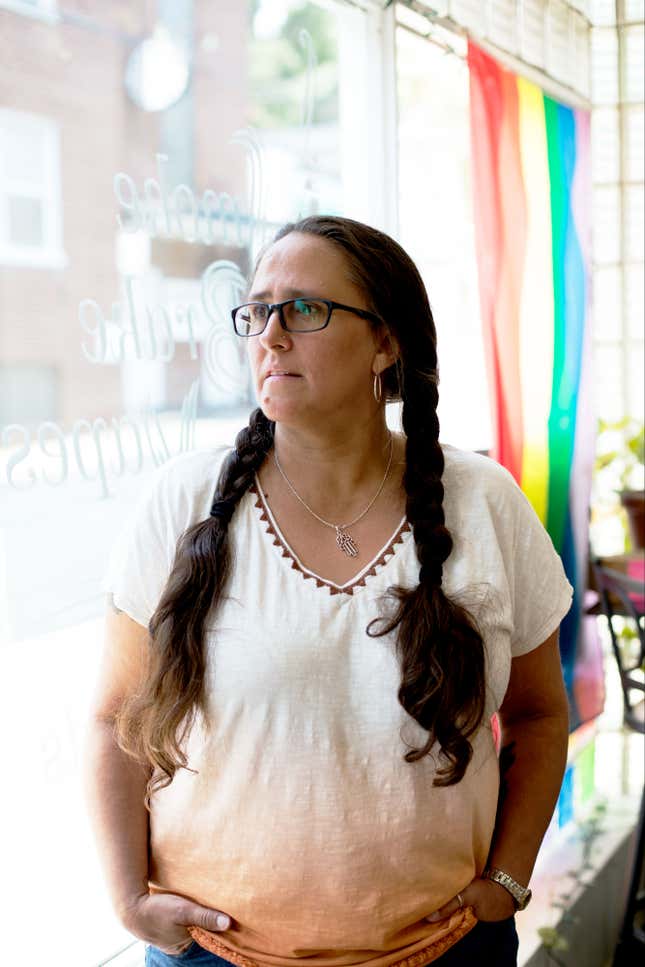
Tracy Ravell, owner of Smoke Brake Vapes and 20-year resident of Charlottesville stayed in her shop just a block away from Emancipation Park for most of the day, offering a safe space to passersby. “One of the things they were chanting was ‘You will not replace us’,” says Ravell. “I just kept thinking: ‘We already did.’”
“The city council can step up and take a moral stance.”
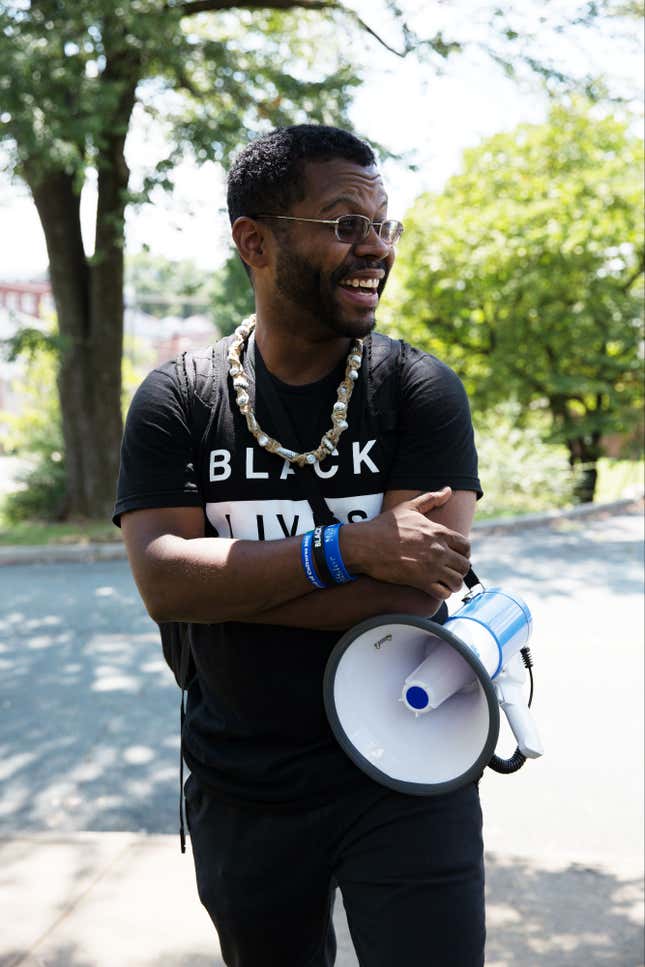
David Straughn, a Charlottesville resident on and off for over 20 years, spoke candidly about fear, disbelief and the kind of leadership his contested town needs:
The city council can step up and take a moral stance and revoke the permit [to rally] whenever they see that a white supremacist group is trying to come and intimidate people.
The biggest argument was that, if we don’t let [Unite the Right march through town], the ACLU will sue us for free speech infringement and then they’ll win the lawsuit.
Well, how much did it cost to pay all these cops overtime? How much did it cost for all the new helmets? How much did it cost to bring buses in?
“This is our community. We want our community to be safe.”
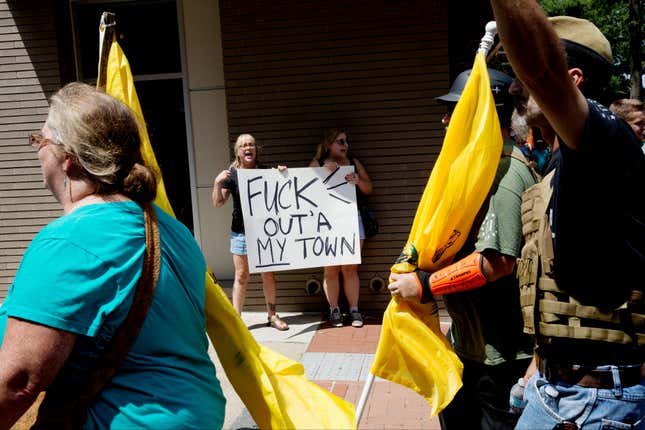
Samantha Towett and Elizabeth Hancock both grew up in Charlottesville. As white nationalist militia filed past on the Downtown Mall, they stood holding a sign of protest.
“This is our community,” said Towett. “We want our community to be safe, we’re standing out here to show that this is what we are, this is what we want. We’re not ok with what [Unite the Right] want.”
“No human being has the right to blame a person of color for white nationalist hatred.”
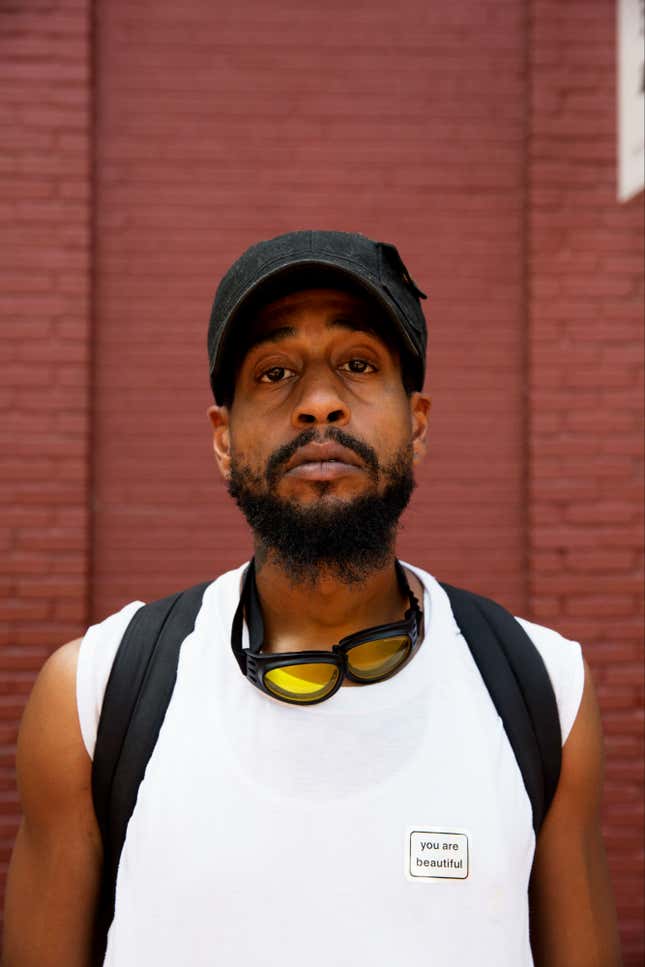
Damani Harrison had never lived anywhere longer than four years before moving to Charlottesville in 2000. He stood with a friend, watching riot police and passersby from a distance.
Last night, the violence that took place at UVA was precipitated by white nationalists. (…) I want people to know that [Charlottesville vice mayor] Wes Bellamy is not the cause of this and that no human being has the right to blame a person of color for white nationalist hatred. Ever.
And any reaction by a person of color against white nationalist hatred is justified. No matter how they react. And that the only state-sanctioned legitimate anger in this country is white male aggression and we saw it today. That’s about all I have to say about that.
“This is deeper than what we see.”
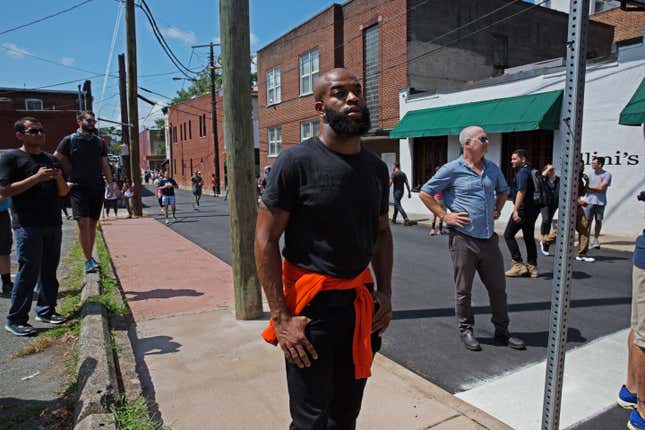
Devin Gentry, a life-long resident of Charlottesville, stood watching as alt-right protesters filed out of Emancipation Park, while tensions grew on Market St. “My reason for coming out is to show that I’m standing behind something: Charlottesville. The people. Because this is deeper than what we see. It stretches further and further—way, way, way back even all the way to [the University of Virginia] and Thomas Jefferson and that Rotunda.”
